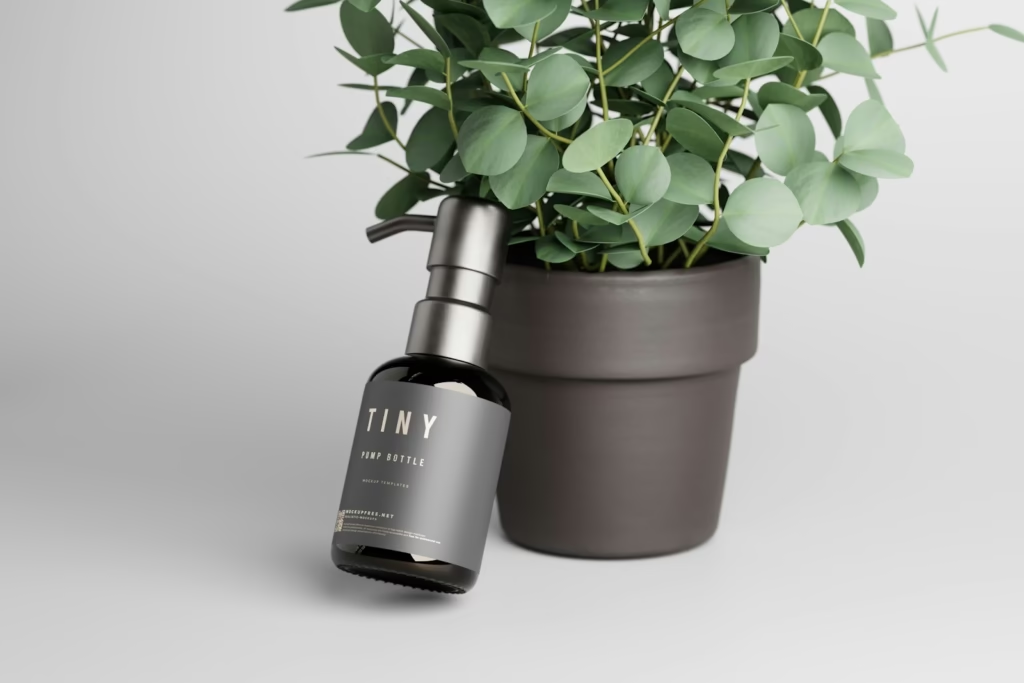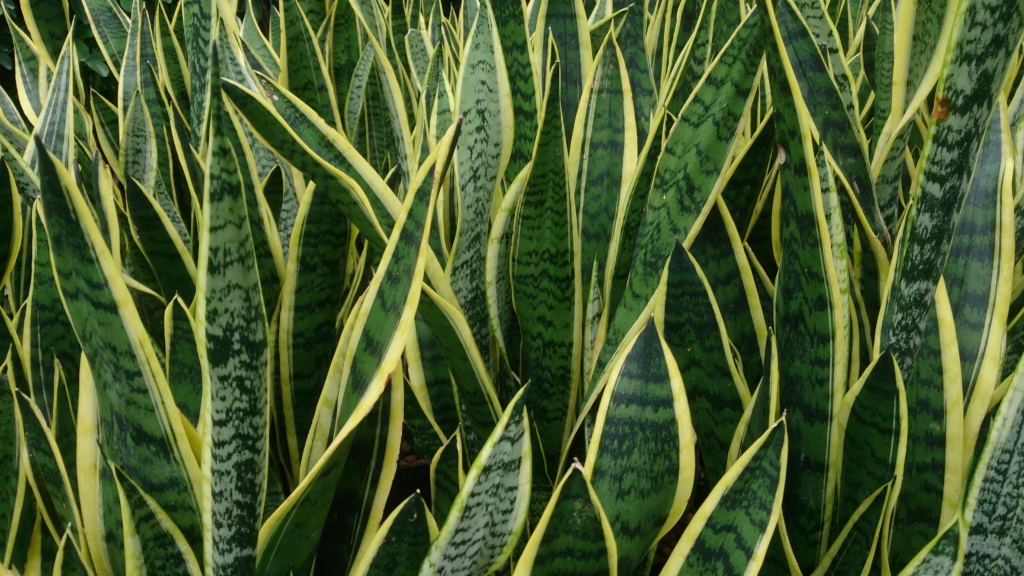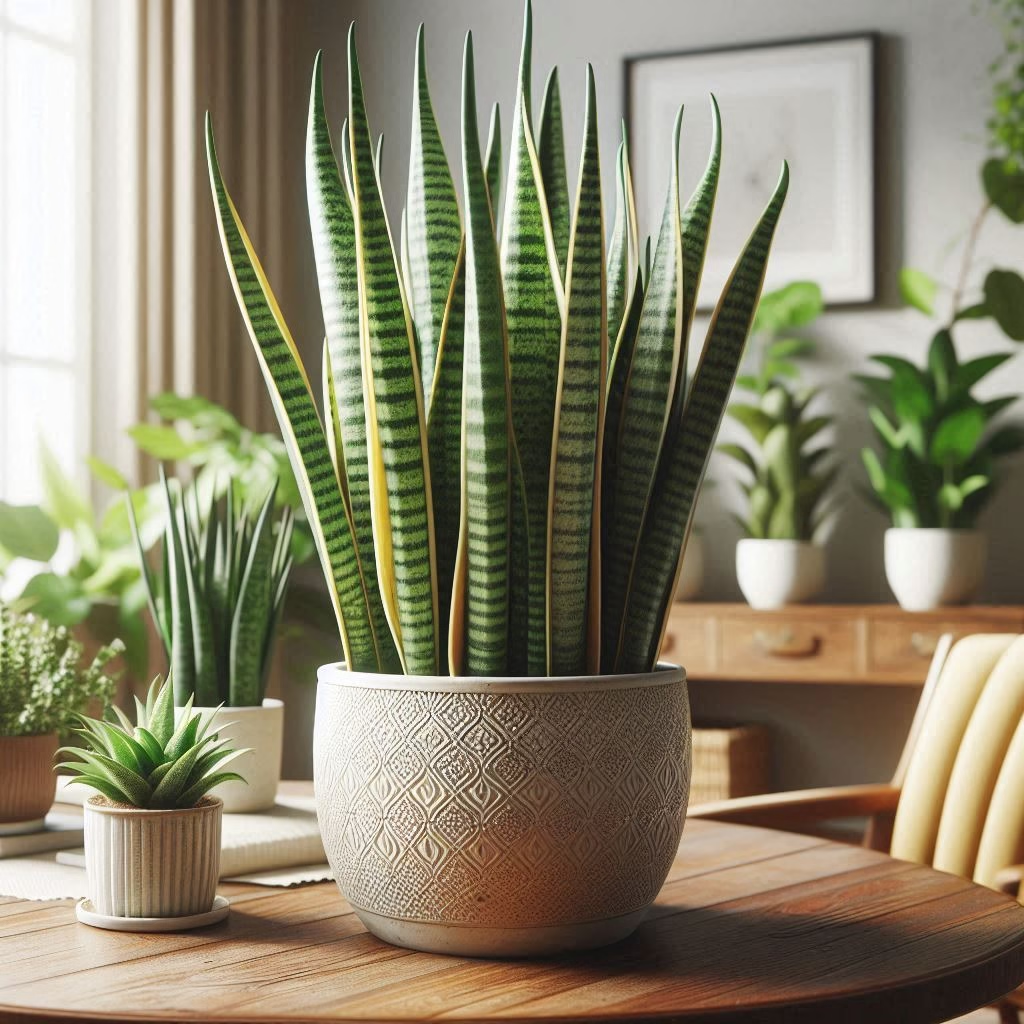How to Grow and Care for Eucalyptus:
Eucalyptus trees are prized for their aromatic foliage and stunning appearance. They are relatively easy to grow and can thrive in various environments, making them a popular choice for gardens and indoor spaces. This comprehensive guide covers everything you need to know about growing and caring for eucalyptus.

Care
Eucalyptus trees are low-maintenance but still require some attention to thrive.
- Light: Eucalyptus loves full sun. Ensure it receives at least 6-8 hours of direct sunlight daily.
- Watering: Keep the soil consistently moist for young plants. Once established, eucalyptus is drought-tolerant and needs less frequent watering.
- Soil: Well-draining soil is essential. Eucalyptus prefers sandy or loamy soil with a slightly acidic to neutral pH.
- Temperature: Eucalyptus thrives in warm climates but can tolerate mild frost. Protect young plants from extreme cold.
Types
There are several types of eucalyptus trees, each with unique characteristics:
- Eucalyptus globulus (Blue Gum): Known for its fast growth and blue-green leaves.
- Eucalyptus citriodora (lemon-scented gum): Features lemon-scented leaves and smooth bark.
- Eucalyptus gunnii (Cider Gum): compact variety with rounded, silver-blue leaves.
- Eucalyptus cinerea (Silver Dollar Gum): Popular for its round, silvery foliage.
- Eucalyptus polyanthemos (Red Box): recognized for its heart-shaped leaves and reddish bark.
Pruning
Pruning helps maintain the shape and health of your eucalyptus tree.
- Timing: Prune in late winter or early spring before new growth begins.
- Technique: Use clean, sharp tools to remove dead, damaged, or crossing branches. Thin out the canopy to improve air circulation.
- Size Control: Regular pruning helps control the size of the tree and encourages bushier growth.
Propagating
Eucalyptus can be propagated through cuttings or seeds.
- Cuttings: Take semi-hardwood cuttings in late summer. Dip the cut end in rooting hormone and plant in well-draining soil. Keep moist and warm until roots develop.
- Seeds: Collect seeds from mature eucalyptus trees. Sow in a seed tray with well-draining soil and lightly cover with soil. Keep moist and warm until germination.
Growing From Seeds
Growing eucalyptus from seeds requires patience.
- Seed preparation: Soak seeds in warm water for 24 hours before sowing.
- Sowing: Sow seeds in a seed tray with a well-draining mix. Cover lightly with soil.
- Germination: Keep the tray moist and warm. Germination can take several weeks.
- Transplanting: Once seedlings are large enough to handle, transplant them into individual pots.
Growing in Pots
Eucalyptus can thrive in pots with proper care.
- Pot Selection: Choose a large pot with good drainage holes.
- Soil: Use a well-draining potting mix, preferably one designed for succulents or cacti.
- Watering: Water regularly, but allow the soil to dry out between waterings.
- Repotting: Repot every 2-3 years to refresh the soil and provide more space for growth.
Overwintering
Protecting eucalyptus during winter is crucial in colder climates.
- Indoor Care: Move potted eucalyptus indoors to a bright, cool location.
- Outdoor Care: Mulch around the base of outdoor plants to insulate roots. Use frost covers if necessary.
Harvesting Leaves
Eucalyptus leaves are known for their aromatic properties:
- Timing: Harvest leaves in the morning when oil content is highest.
- Method: Use clean scissors to snip leaves and small branches.
- Usage: Fresh leaves can be used in floral arrangements, while dried leaves are excellent for crafts and potpourri.
Common Pests
Eucalyptus trees are generally pest-resistant but can be affected by:
- Aphids: small, sap-sucking insects. Treat with insecticidal soap or neem oil.
- Psyllids: leaf-sucking pests that cause leaf curling. Control with neem oil or horticultural oil.
- Leaf beetles chew on leaves, causing damage. Hand-pick or use insecticidal sprays.
Common Issues
Watch out for these common eucalyptus problems:
- Yellowing leaves: often caused by overwatering or poor drainage. Ensure soil drains well and adjust watering.
- Leaf Drop: Can result from sudden temperature changes or stress. Provide stable conditions and proper care.
- Root Rot: Caused by waterlogged soil. Ensure good drainage and avoid overwatering.
FAQ
- How often should I water my eucalyptus tree?
- Water young trees regularly to keep the soil moist. Established trees need less frequent watering.
- Can eucalyptus grow indoors?
- Yes, eucalyptus can grow indoors in pots with proper light and care.
- What type of soil is best for eucalyptus?
- Use well-draining soil, preferably sandy or loamy, with a slightly acidic to neutral pH.
- Do eucalyptus trees need fertilizer?
- Fertilize young trees in spring with a balanced fertilizer. Established trees generally do not need much fertilization.
- How do I protect my eucalyptus tree from frost?
- Move potted plants indoors and use mulch or frost covers for outdoor trees.
Growing and caring for eucalyptus can be a rewarding experience, offering both beauty and functionality. With the right care and attention, you can enjoy a healthy, thriving eucalyptus tree in your garden or home.



